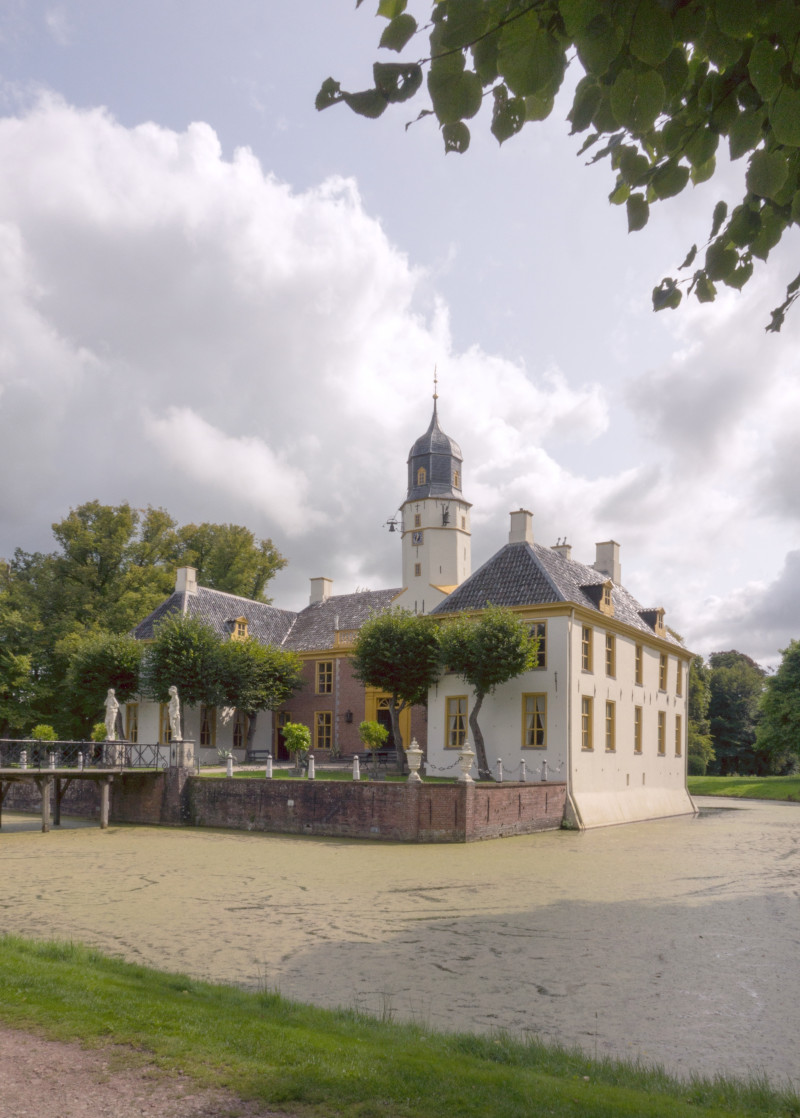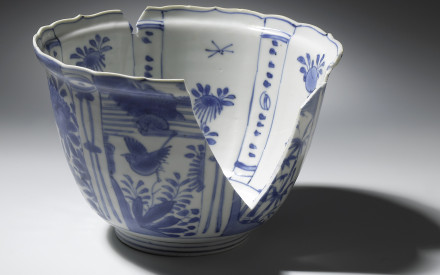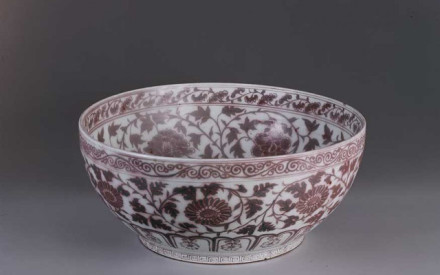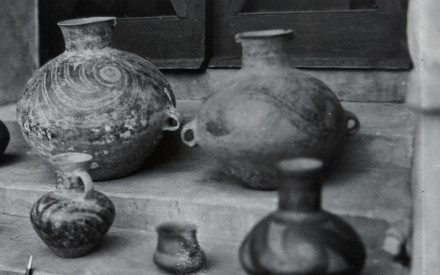The Foundation’s Asian collection was assembled by Jan Menze van Diepen (1905–1994), the scion of a Groningen family of shipbuilders (fig. 1). Jan Menze expanded the collection his mother began, mainly buying his pieces from local Groningen antique dealers.
At first, he was also employed in the shipyard’s accounting department, but was able to retire early and then focused entirely on enlarging his art collection. His choices were intuitive rather than based on an in-depth knowledge of Asian ceramics, so he gladly welcomed advice, especially from Minke de Visser (1898–1966), curator of the Groninger Museum, whose role was influential. He admired her expertise and they often went to viewing days or antique dealers together. He also sometimes donated pieces to the Groninger Museum (fig. 2) or bought duplicates, which he shared between his own collection and the museum’s. When Christiaan Jörg became curator in Groningen in 1977, he maintained this mutually beneficial relationship with the collector.
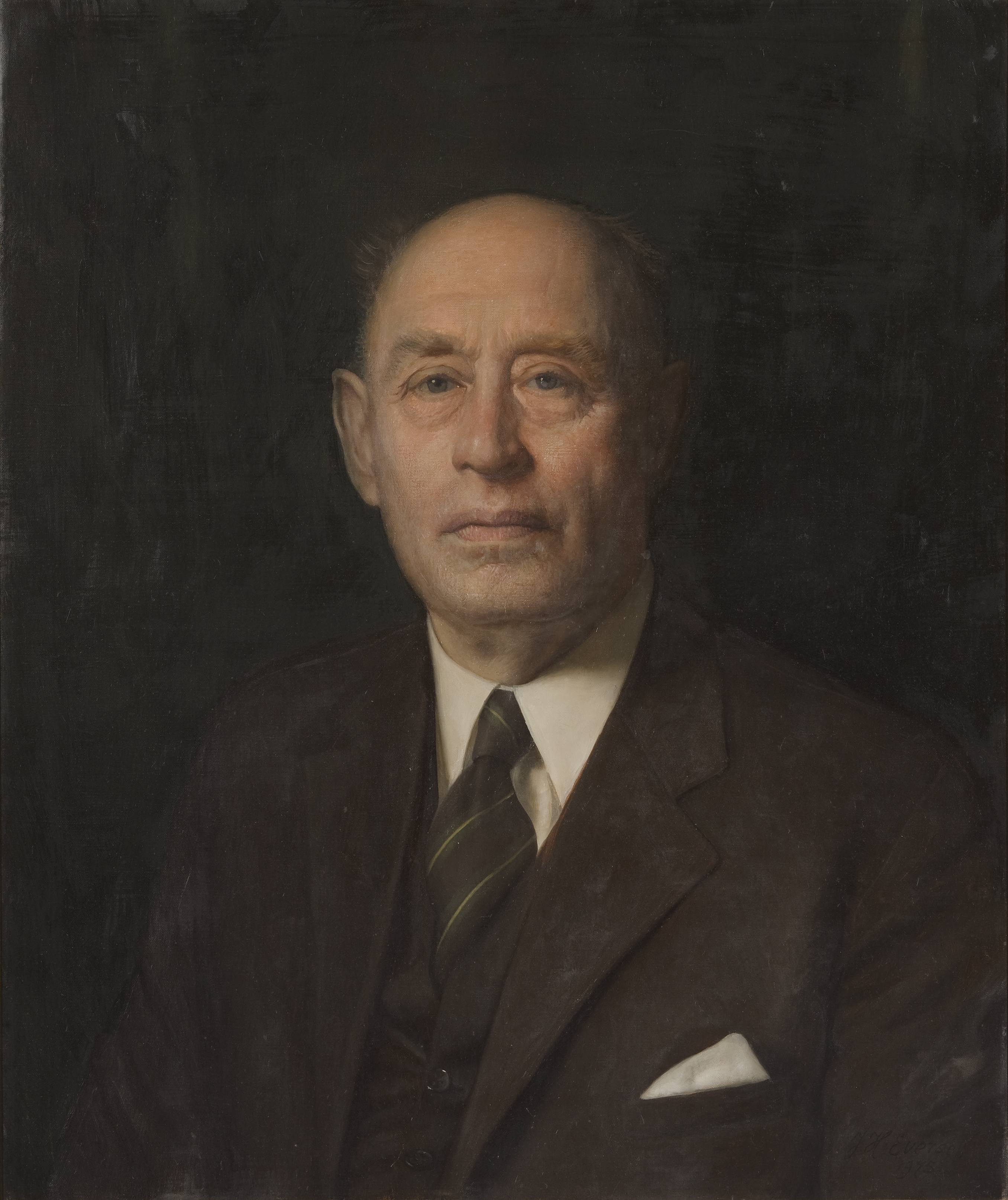
Several groups of Chinese porcelain are well represented in the collection, others less so or not at all. Export porcelain for markets in Southeast Asia and Europe predominates. There are relatively many pieces with an underglaze-blue decoration from the fifteenth and sixteenth centuries. Van Diepen bought at a time when there was hardly any interest in this Ming export ware. The late sixteenth-century polychrome jug shaped as a dancing woman is among the highlights (fig. 3). Many Zhangzhou ceramics in Dutch museums come from Indonesia; in the case of Van Diepen’s pieces, the provenance is unfortunately unknown, but this group does include a remarkable variety of shapes and decorations. Kraak porcelain is often prominent in Frisian and Groningen collections, so too in Van Diepen’s, as is Transitional porcelain, of which characteristic examples are present. There are beautiful blue-and-white porcelains from the Kangxi period (1662–1722), including a bowl with a decoration consisting of Chinese characters (fig. 4).The general collection consists of quite a few famille verte and famille rose objects, some of good quality. Van Diepen was fond of exuberant polychrome ware and liked extravagant decorations and the elegant allure that a well-stocked porcelain cabinet bestows on an interior (fig. 5). In addition, Chinese Imari, powder blue, Batavia Brown, monochromes, blanc de Chine, porcelain with European decorations and Amsterdams Bont are well represented. Van Diepen bought Amsterdams Bont at a time when it was not in demand as a collector’s item (fig. 6). There are also good-quality, representative Japanese blue-and-white objects, such as the bottle belonging to ‘Ds:VANDr: Hof.’ (fig. 7). Uniquely, the name of the owner (Dionys van der Hof, an alderman in Batavia) is written in full. Japanese Imari and Kakiemon are also present. There are also some objects from Southeast Asia.
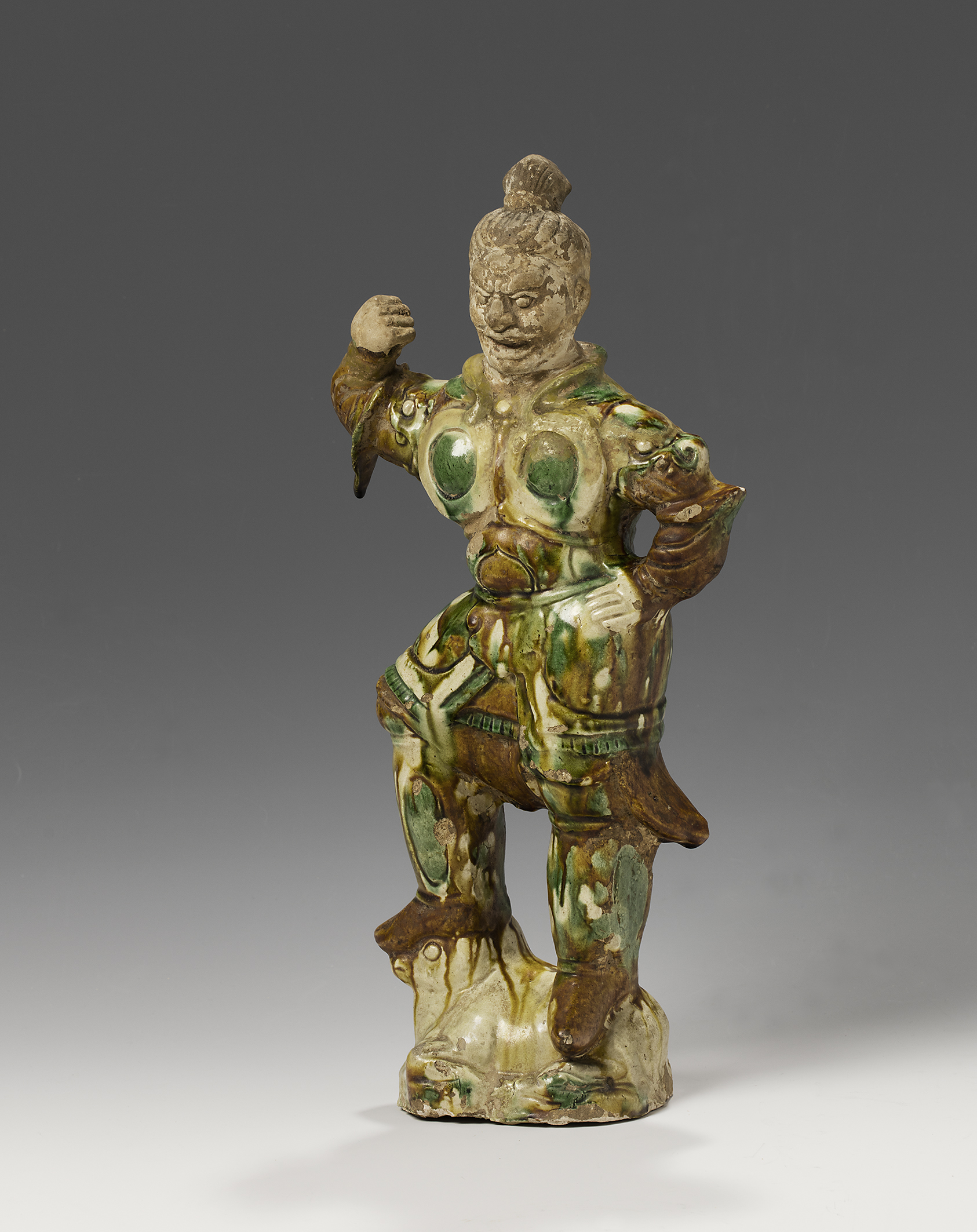
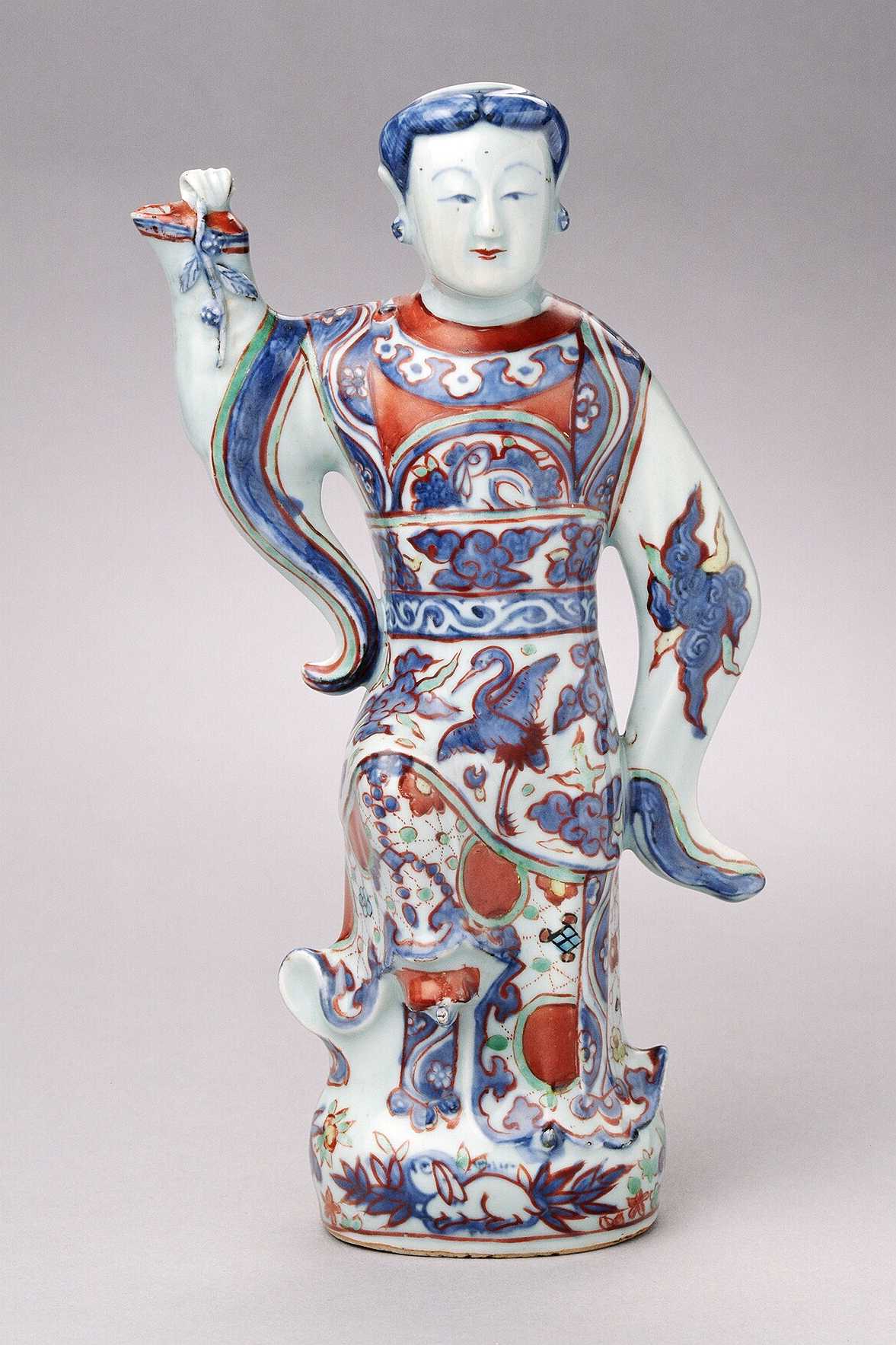
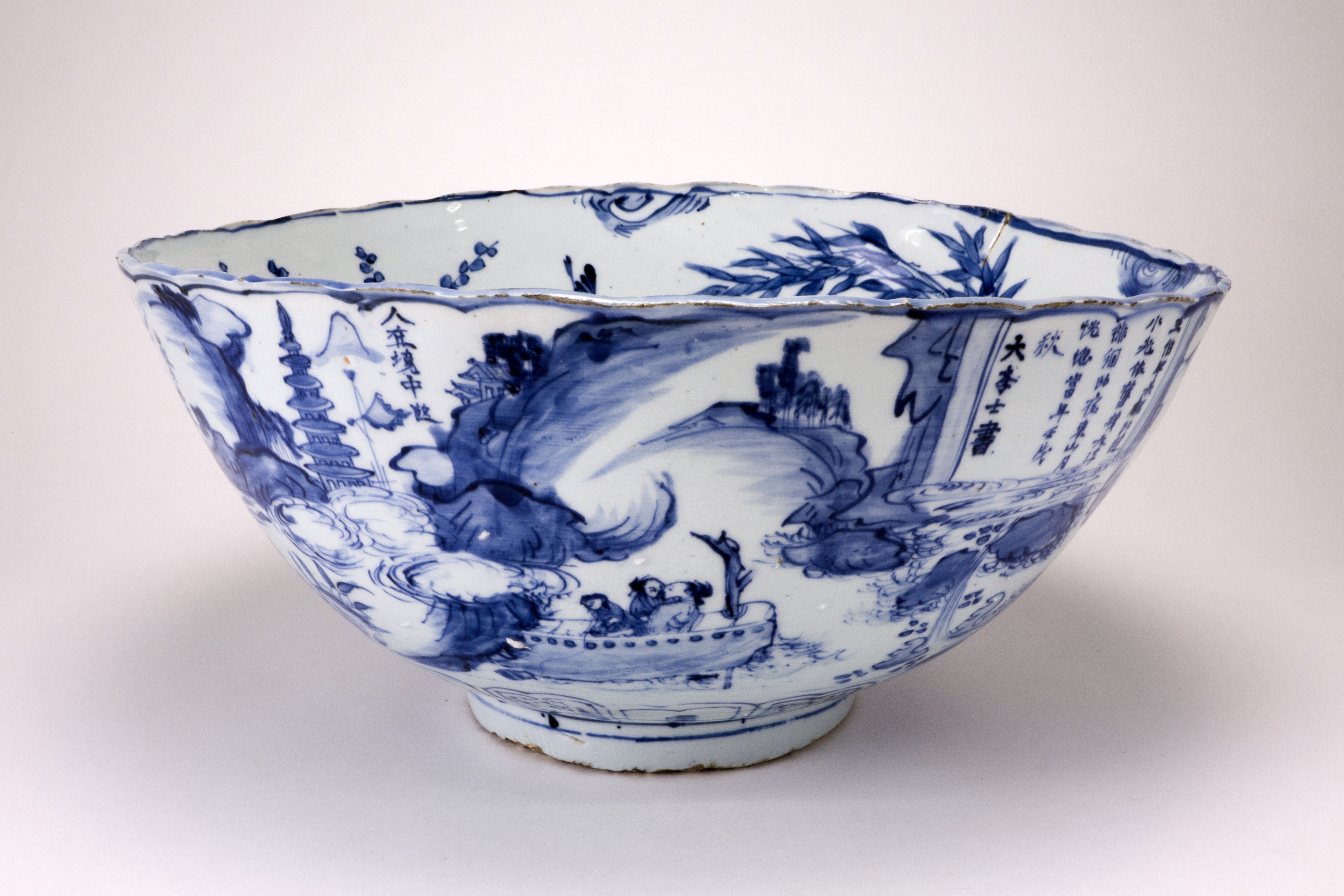
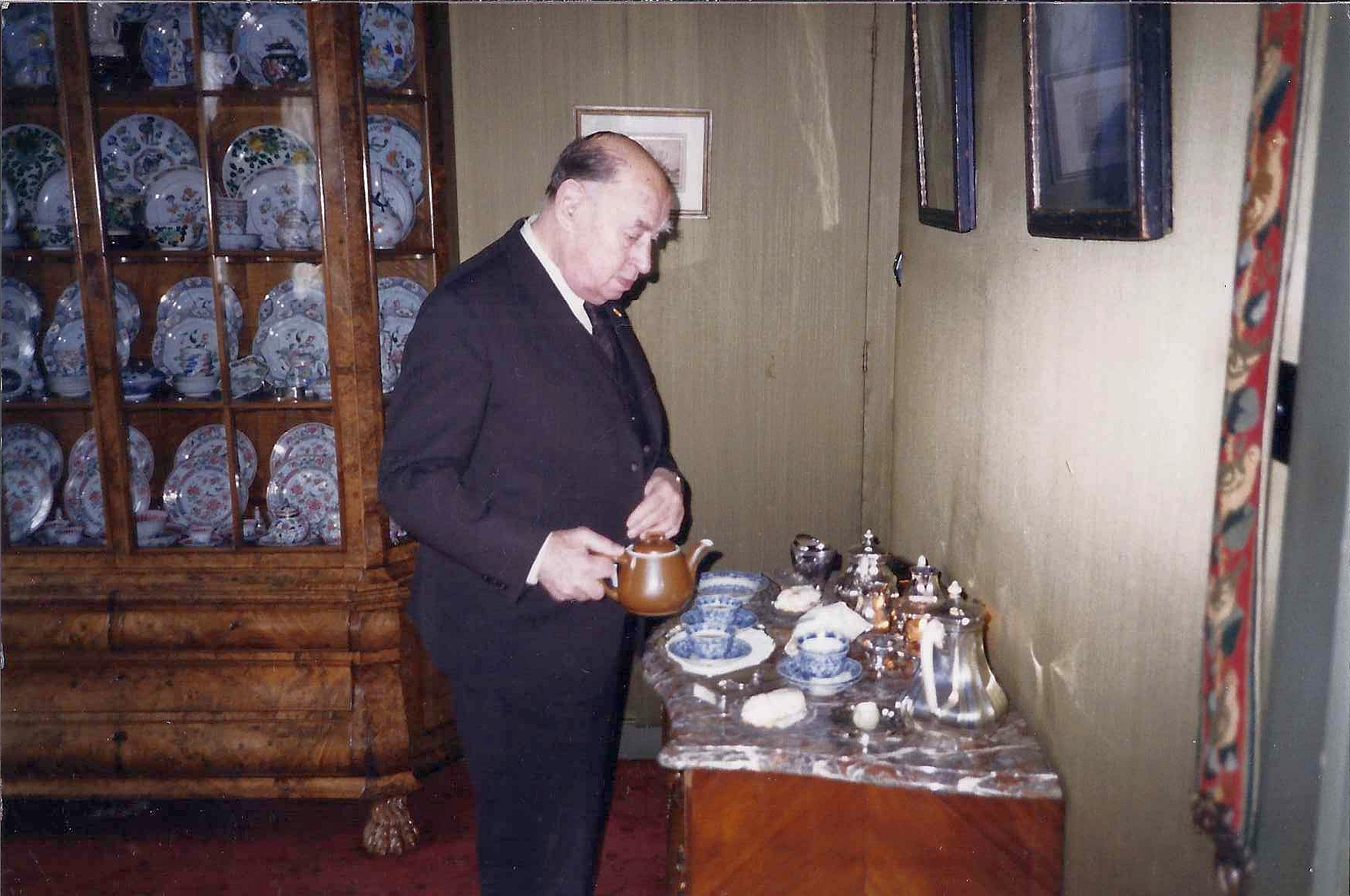
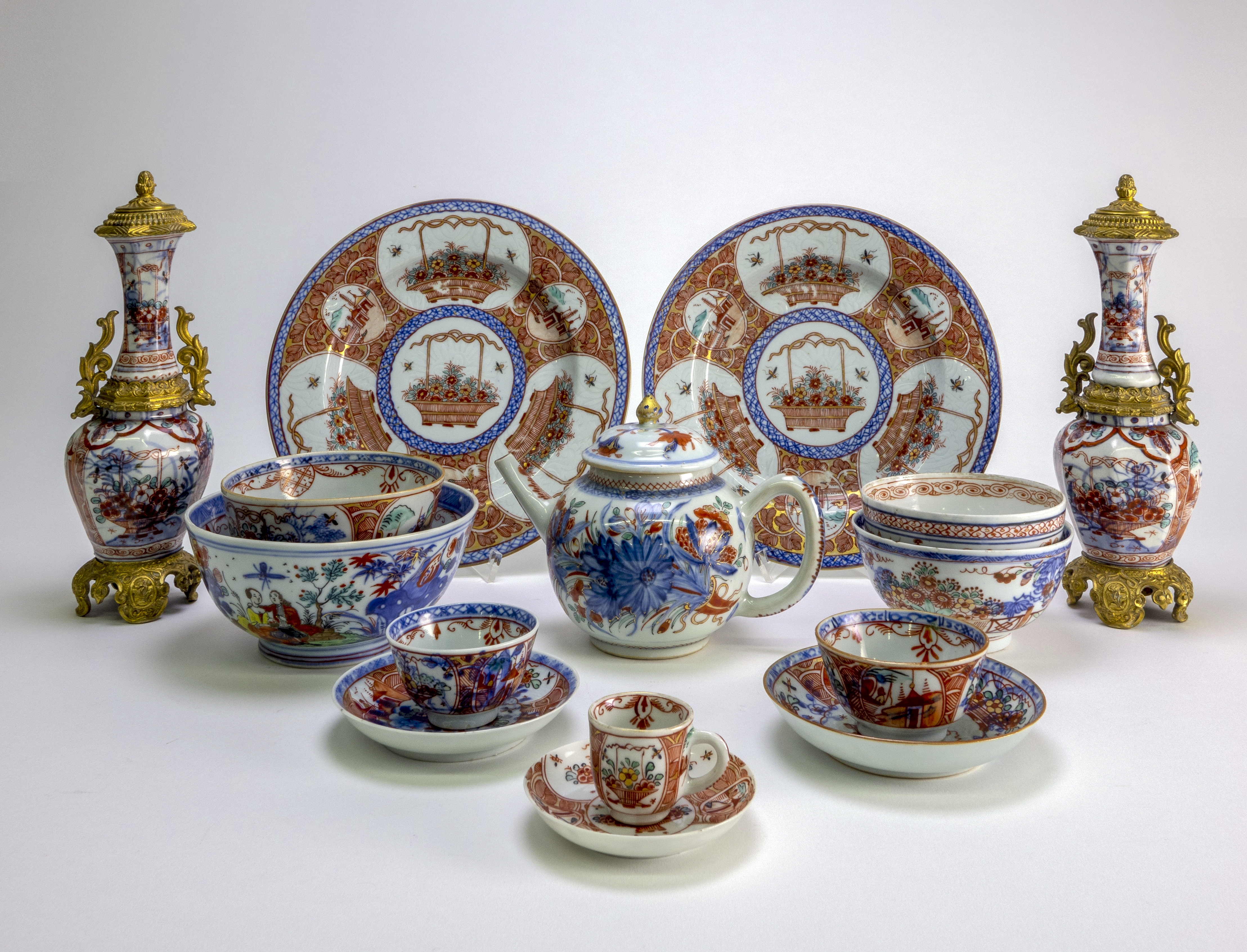
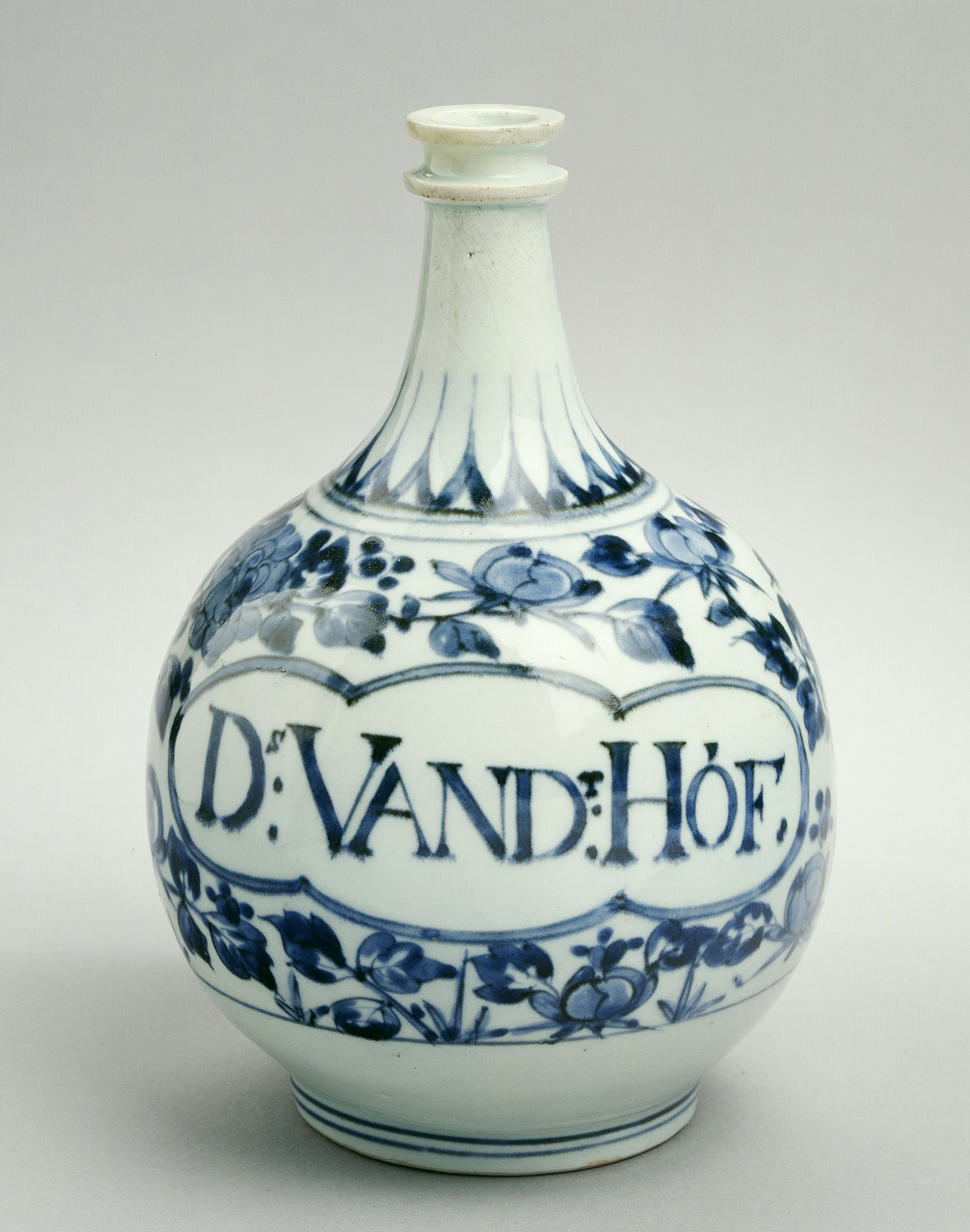
In 1978, Van Diepen transferred his collections to a foundation. Initially, he dreamed of having his own museum, but that turned out to be unfeasible. The planned donation of his ceramics collection to the Groninger Museum ran aground due to the entirely personal course of then director Frans Haks. Eventually, in 1993, an art depot was built on the Fraeylemaborg estate in Slochteren, and the collection was installed there in early 1994 (fig. 8). Besides Asian ceramics, Van Diepen also collected fine art, topographic and history prints relating to the House of Orange-Nassau. The total collection comprises about 10,000 objects. His entire collection, including the Asian sub-collection comprising over 2,500 pieces, can be explored at www.vandiepencollectie.nl.
A splendid selection of objects from Van Diepen’s Collection is displayed in the museum interior of the Fraeylemaborg, some of it in his own cabinets (fig. 9). Several exhibitions featuring highlights from the ceramics collection accompanied by publications by D.F. Lunsingh Scheurleer and Christiaan Jörg were also organised in the past. Jan Menze van Diepen passed away in 1994, but not before witnessing the construction of his art depot. The Foundation managing his collection continues to purchase and acquire objects (fig. 10).
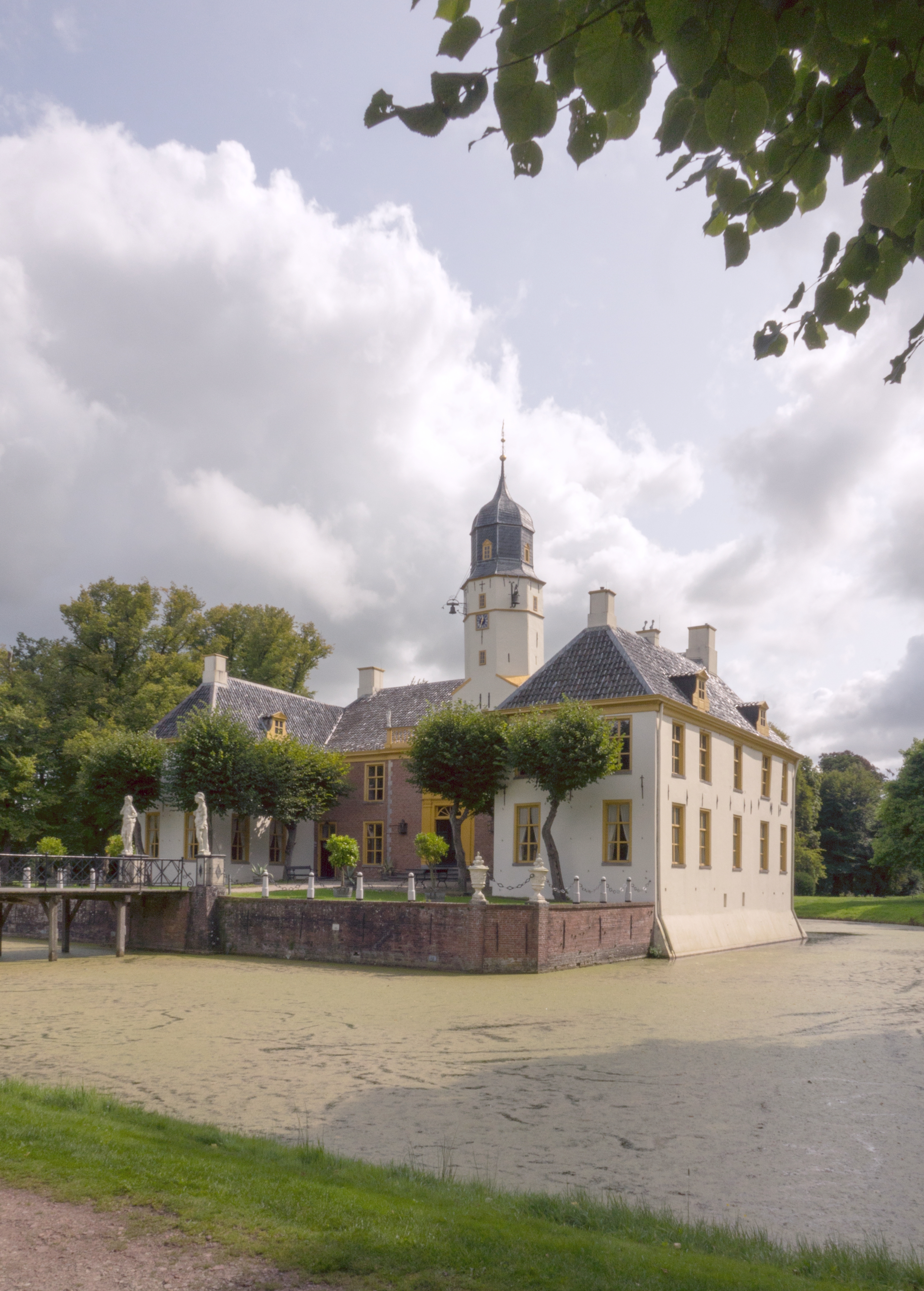
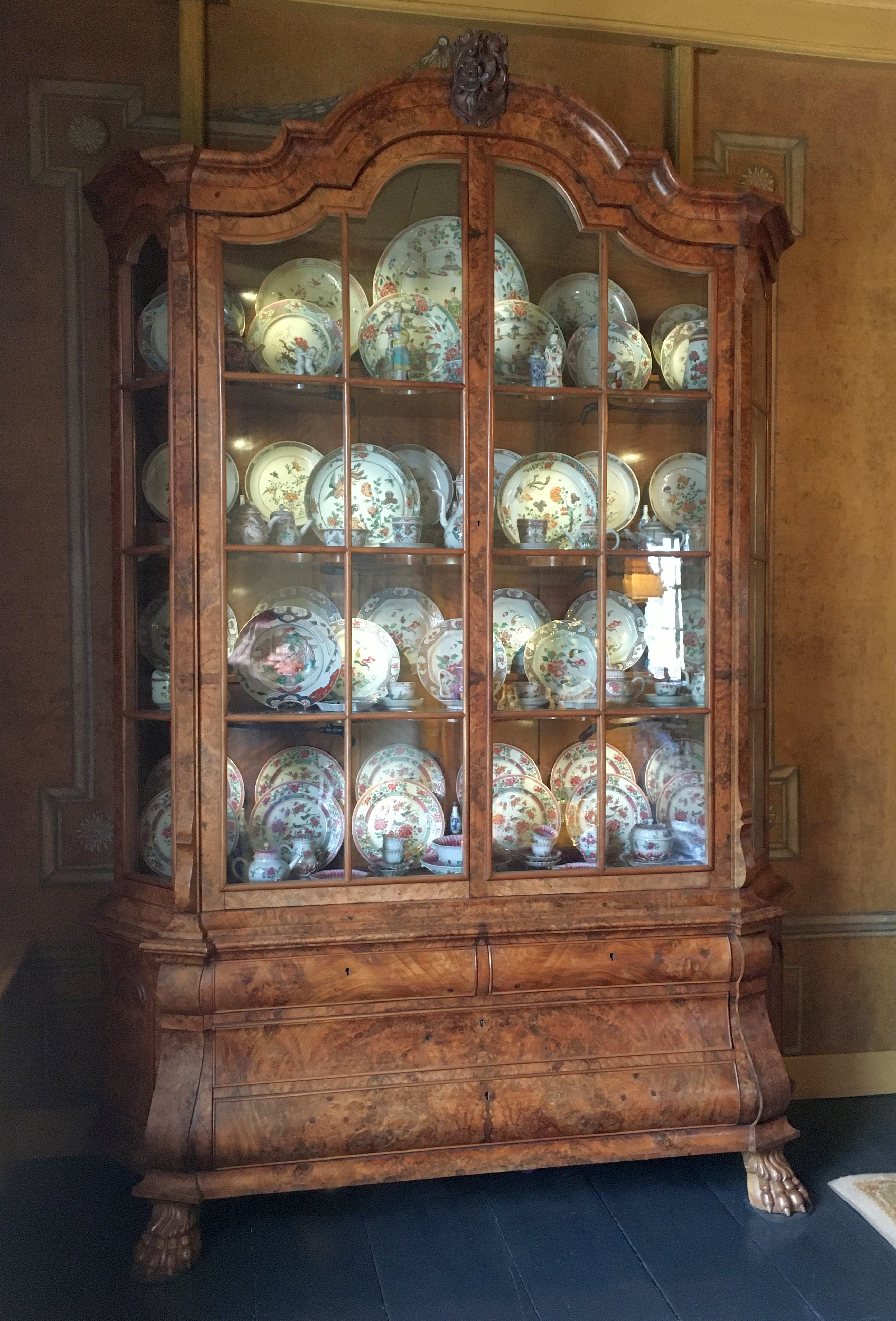
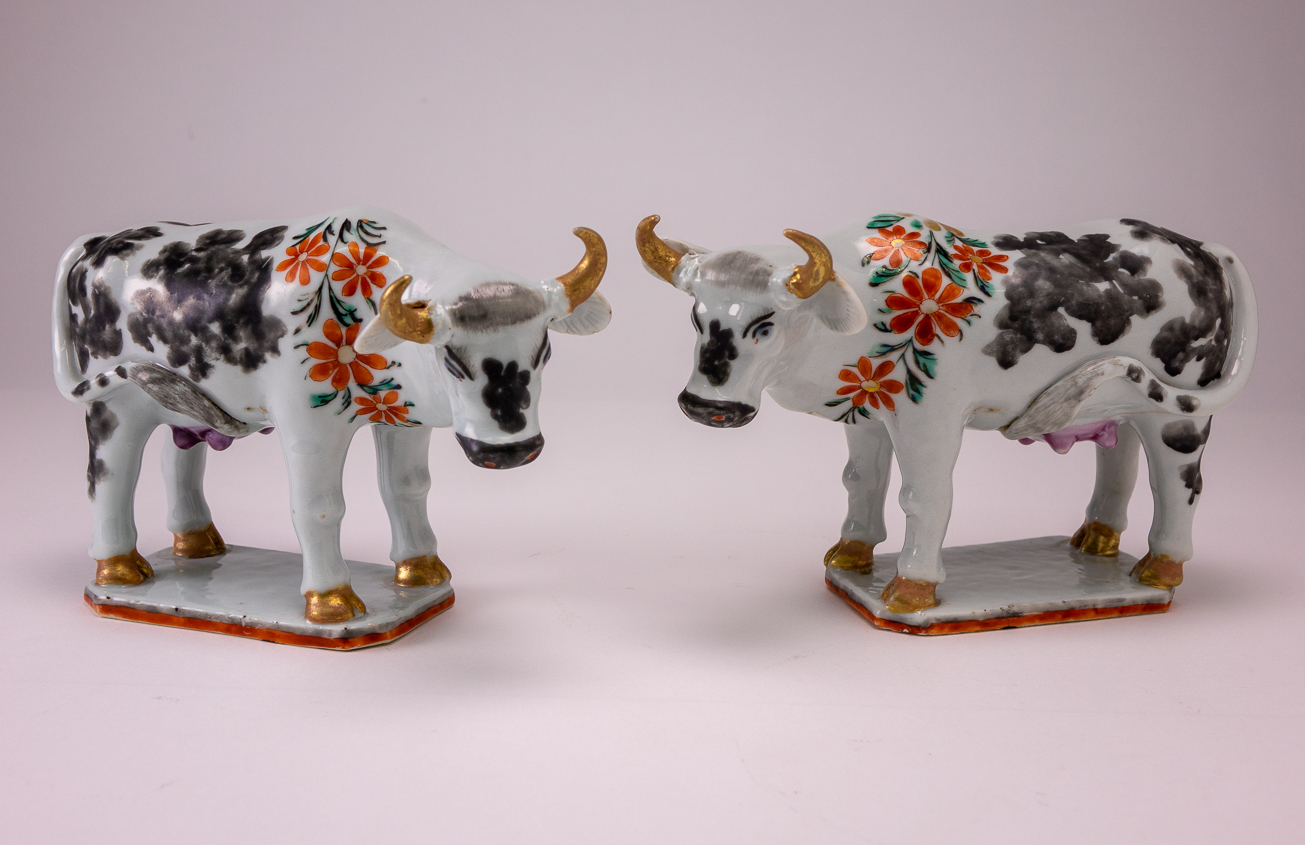
Literature
D.F. Lunsingh Scheurleer, Aziatische keramiek uit vijf eeuwen, collectie Jan Menze van Diepen, exhibition catalogue Fraeylemaborg, 1977.
D. F. Lunsingh Scheurleer, Aziatische keramiek en glas, collectie Jan Menze van Diepen, exhibition catalogue Fraeylemaborg, 1982.
C.J.A. Jörg, Jan Menze van Diepen Stichting, A Selection from the Collection of Oriental Ceramics, Selectie uit de collectie Oosterse Keramiek, Slochteren: Jan Menze van Diepen Stichting, 2002.
Henny van Harten-Boers, Allemaal voor het algemeen belang, verzamelaar Jan Menze van Diepen (1905–1994), Slochteren: Jan Menze van Diepen Stichting, 2018.

